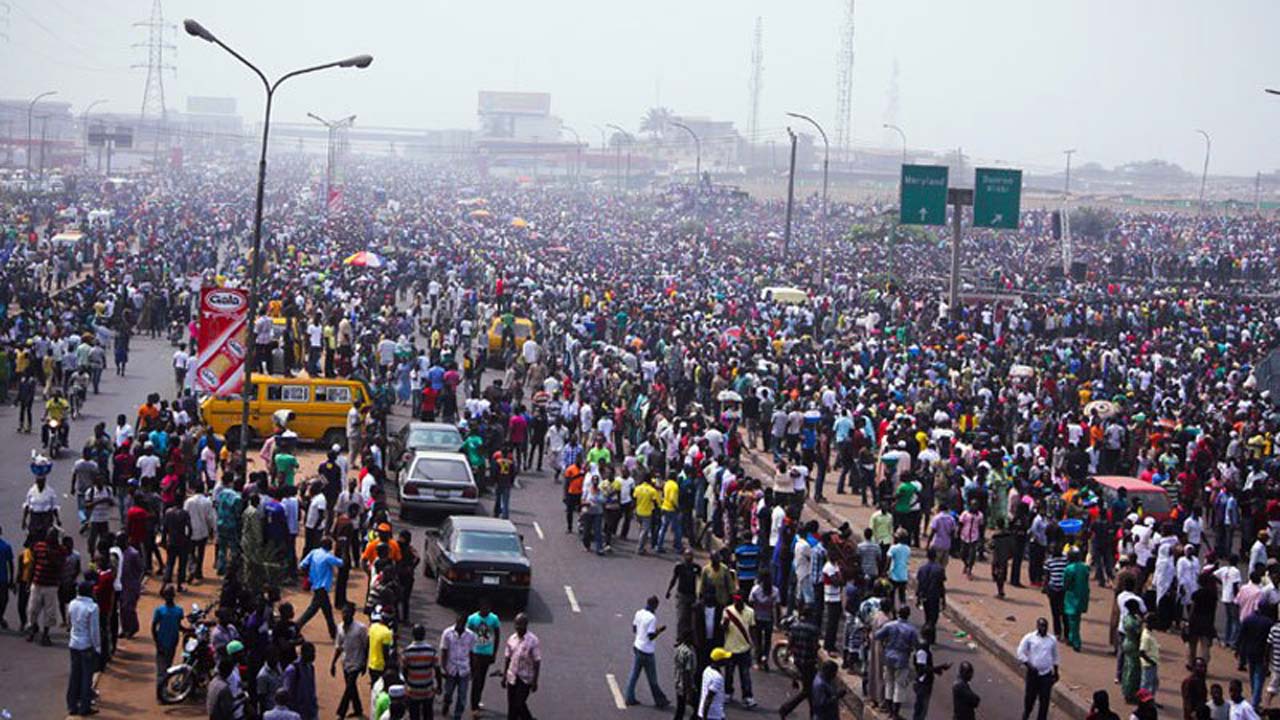The world’s population is becoming more urban. The old, rural bastions of culture are being sapped of inhabitants, as young people move to the towns and cities in search of the material promise of the contemporary world, and older custodians of village life pass to the great beyond.
Nigeria is undergoing this change as well. Data from the United Nations suggests that about 51% of its citizens- just over half its inhabitants –now live in urban areas. That’s a significant jump from the much lower percentages recorded in preceding decades. And there’s no sign that this is slowing down anytime soon.
We get a feel of the speed of this transformation when we examine the records for preceding years. Graphs charting the transition of human habitation in Nigeria from overwhelmingly rural to largely urban all show a steep rise in the percentage of the population that call a town or city home. In 1960, only 15% of the country’s people lived in urban environments. Today, urbanites constitute a slight but continually growing majority.
If you’re an older fellow who’s lived in any of Nigeria’s major cities, you’ll probably have noticed that your city has added in geographical size and number of people. The once serene open fields may have been taken over by markets or apartment blocks, and the sparsely populated outskirts are now a densely populated suburb of the city. The traffic jams are heavier, the streets are clogged with roaming humans, and there are several times more commercial establishments than there were when you were younger.
The Hows and Whys of an Urban Explosion
And it’s not just that villages are getting static or bleeding souls. In many places, they’re either becoming urban centers (urbanizing from within) or they’re being swallowed into nearby towns and cities. We find this in the absorption of rural enclaves on the edges of Lagos, Abuja, Port-Harcourt into these cities and practically every major metropolis in the country.
Globally, about 68% of the world’s people are expected to live in urban areas by 2050. In certain countries- especially in upper-income countries –a clear majority of people already live in cities. Nigeria, India, and China could contribute up to 35% of the growth in the number of the world’s city-dwellers.
Economics is known to be the chief driver of the increasing concentration of people in urban centers. Every year, millions leave the less affluent countryside for urban areas, which tend to hold more economic opportunities than what’s available back in their villages.
While there’s some degree of dispute around whether these population shifts are inspired by a false perception of the riches of the metropolis, studies do show that poverty and inequality tend to be greater in rural regions. That’s true for Nigeria as it is for a large number of other countries.
Nevertheless, it’s quite evident that the stereotype of the rich city which fuels much rural-urban migration doesn’t mirror the reality that starry-eyed, wealth-seeking prospectors from the hinterland find when they move to towns. Opportunities may exist, but they tend to be limited. And because infrastructure isn’t keeping up with the influx of people from without, it can be quite hard to build sustainable businesses from scratch in such environments.
The Cities With the Biggest Population Growth
According to the UN’s World Cities in 2018 data booklet, these cities are Nigeria’s most populated urban centers (in descending order): Lagos, Kano, Ibadan, Abuja, Port Harcourt, Benin City, Onitsha, Kaduna, Aba, and Uyo. These cities account for just over 16% of the country’s population; about 6% of Nigeria’s inhabitants live in Lagos.
The report also projects that these conurbations will continue to grow for the next few decades. By 2030, one out of every three Nigerians will live in these ten cities.
Featured image source: guardian.ng


